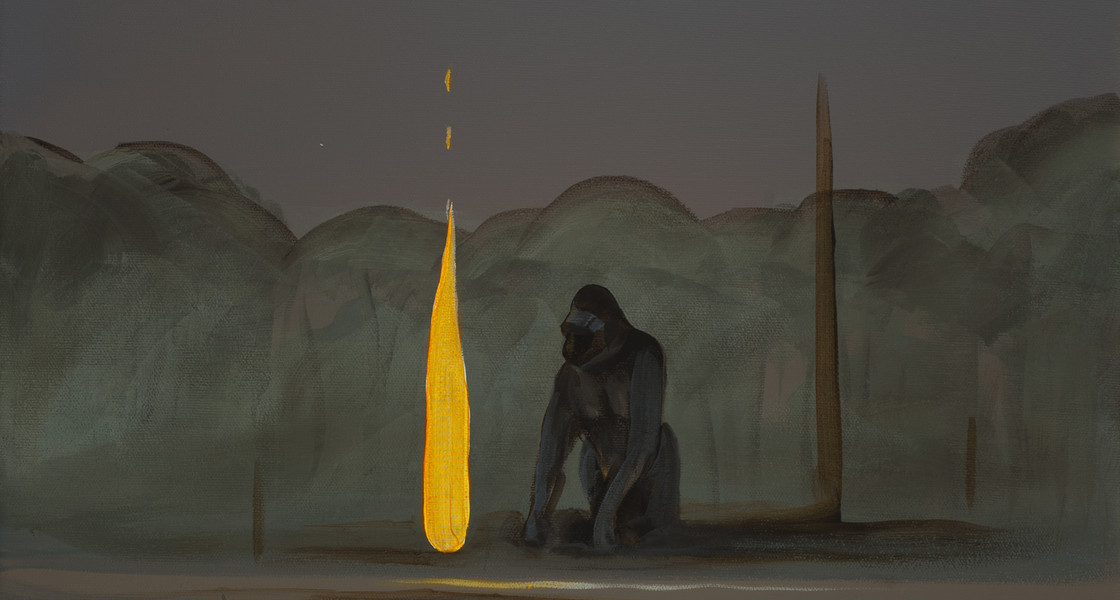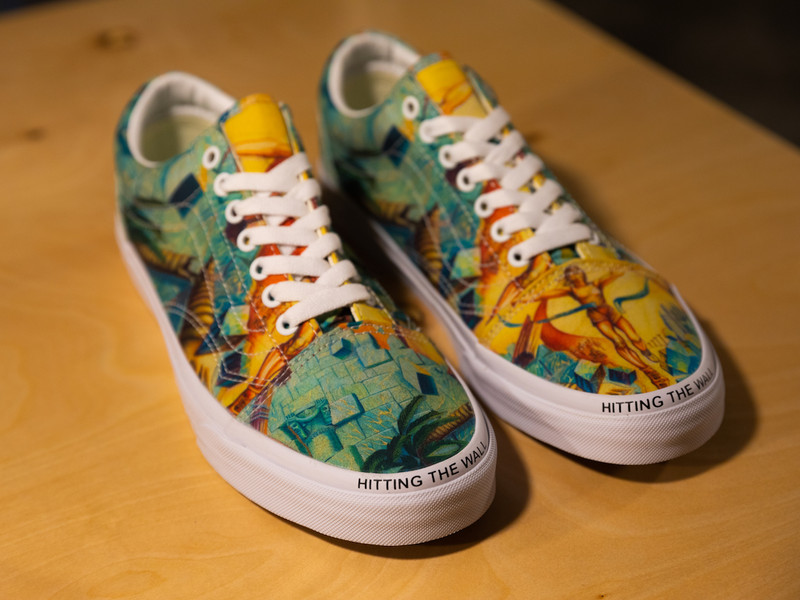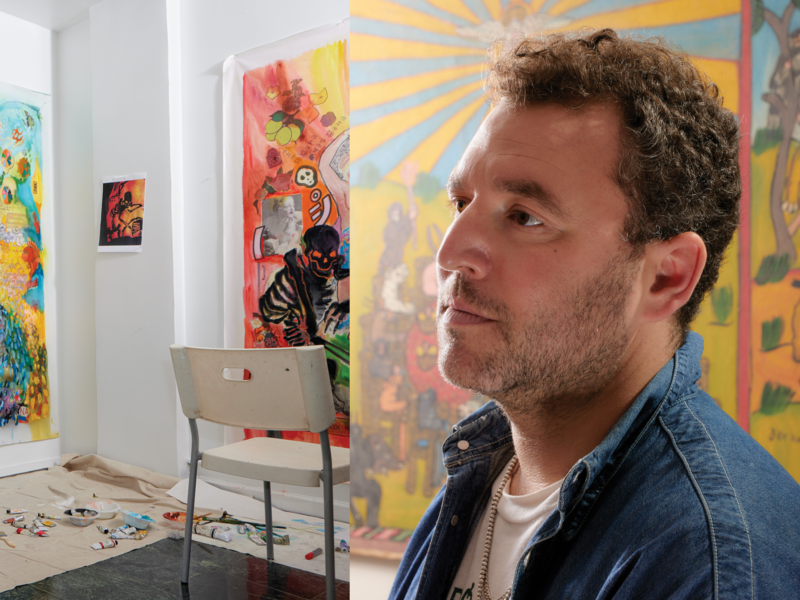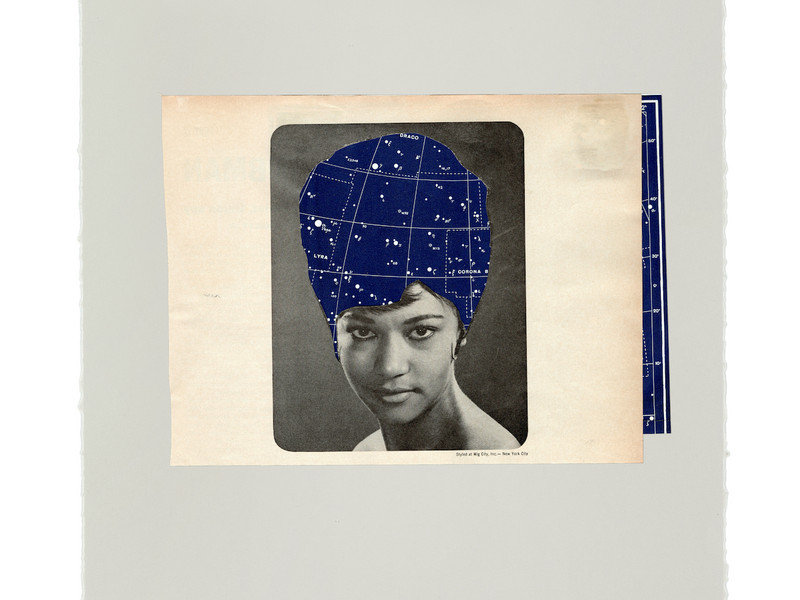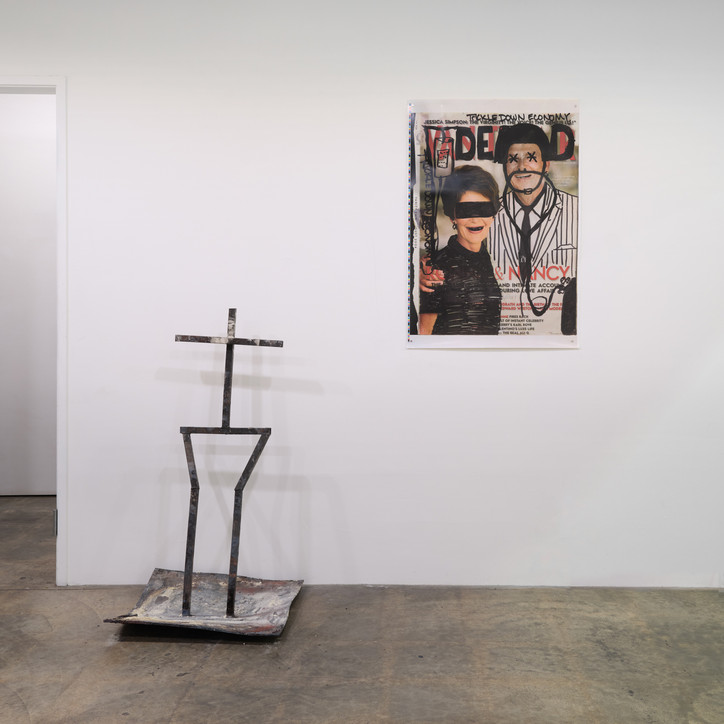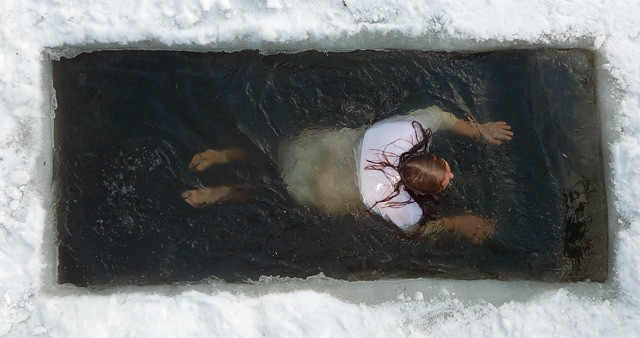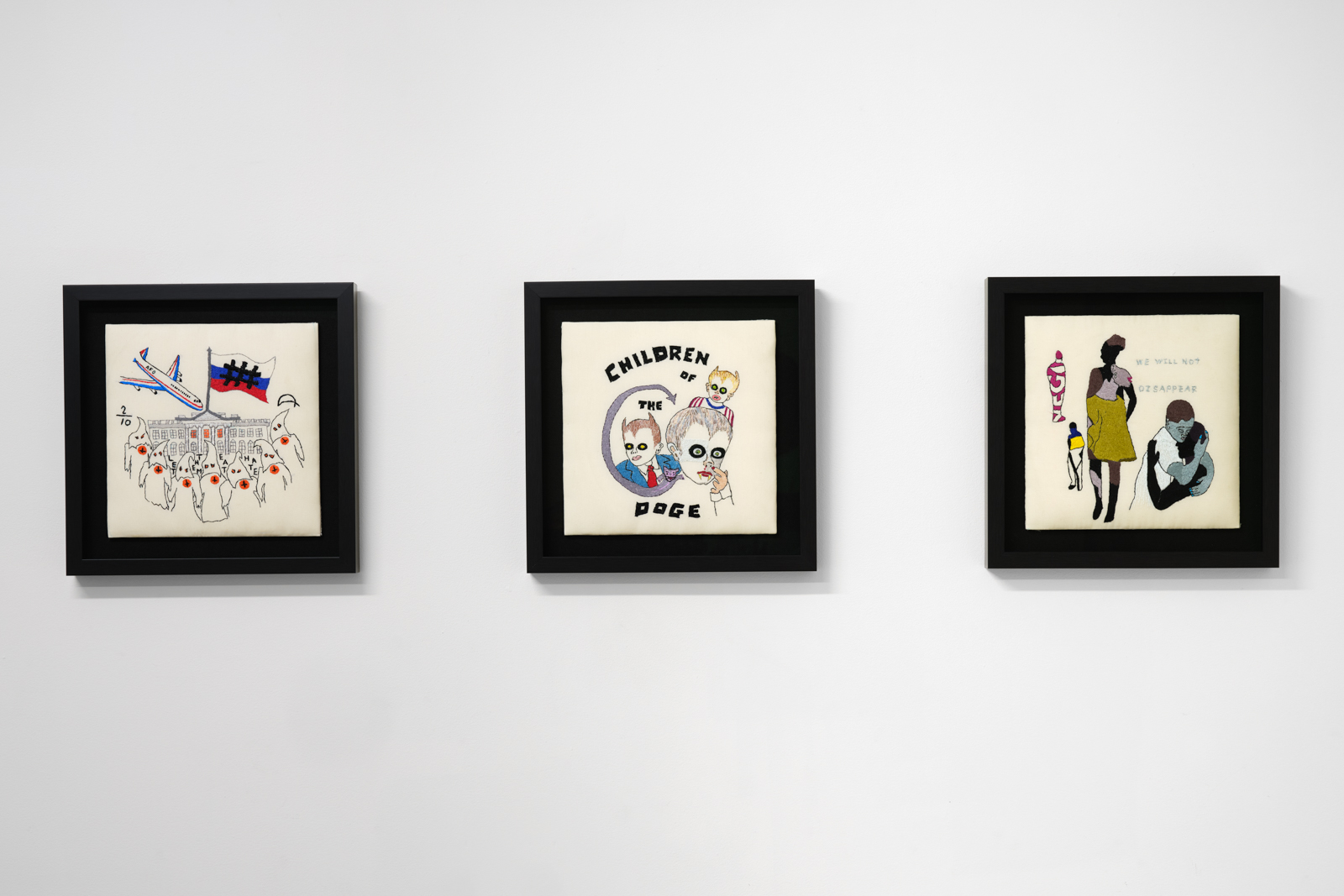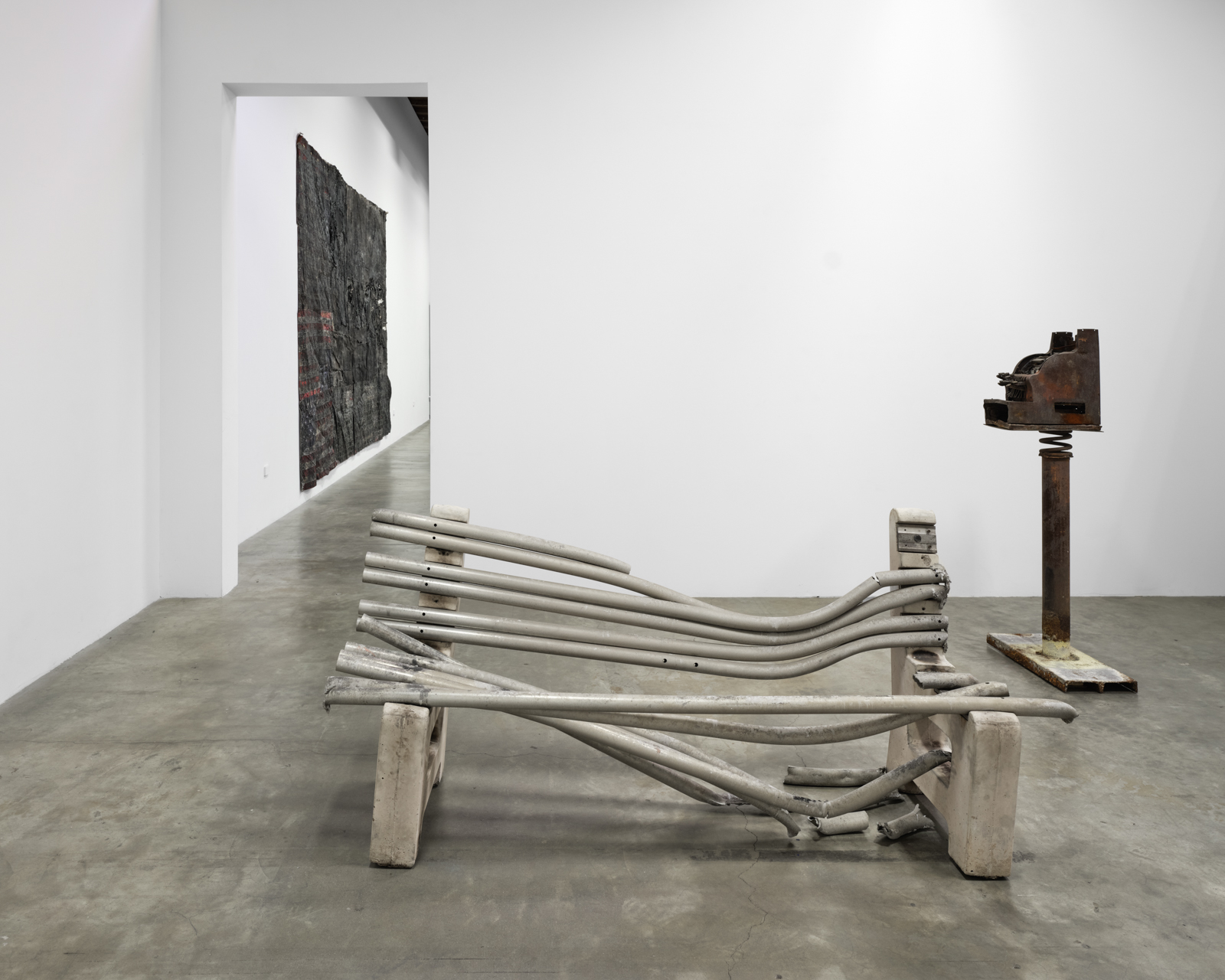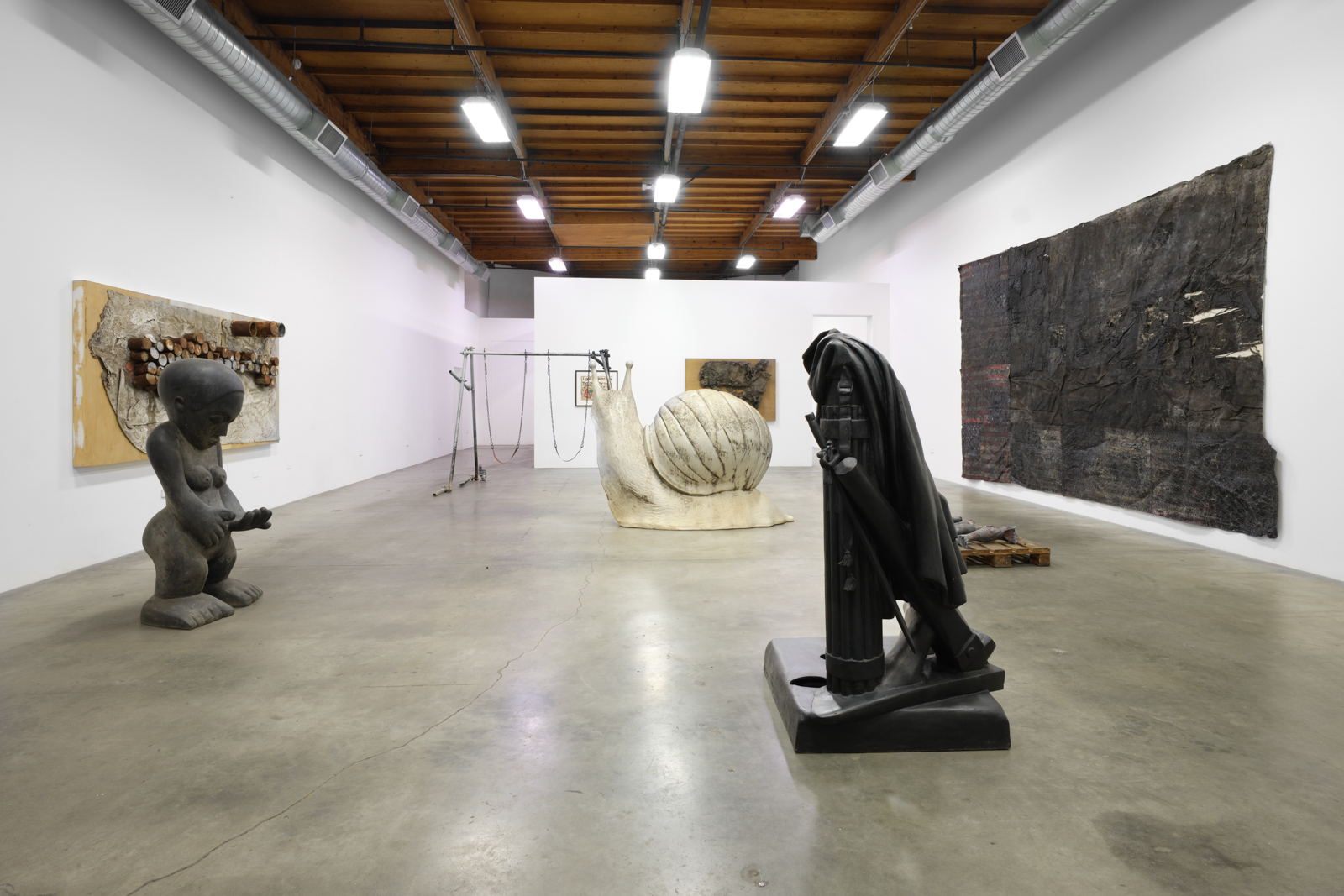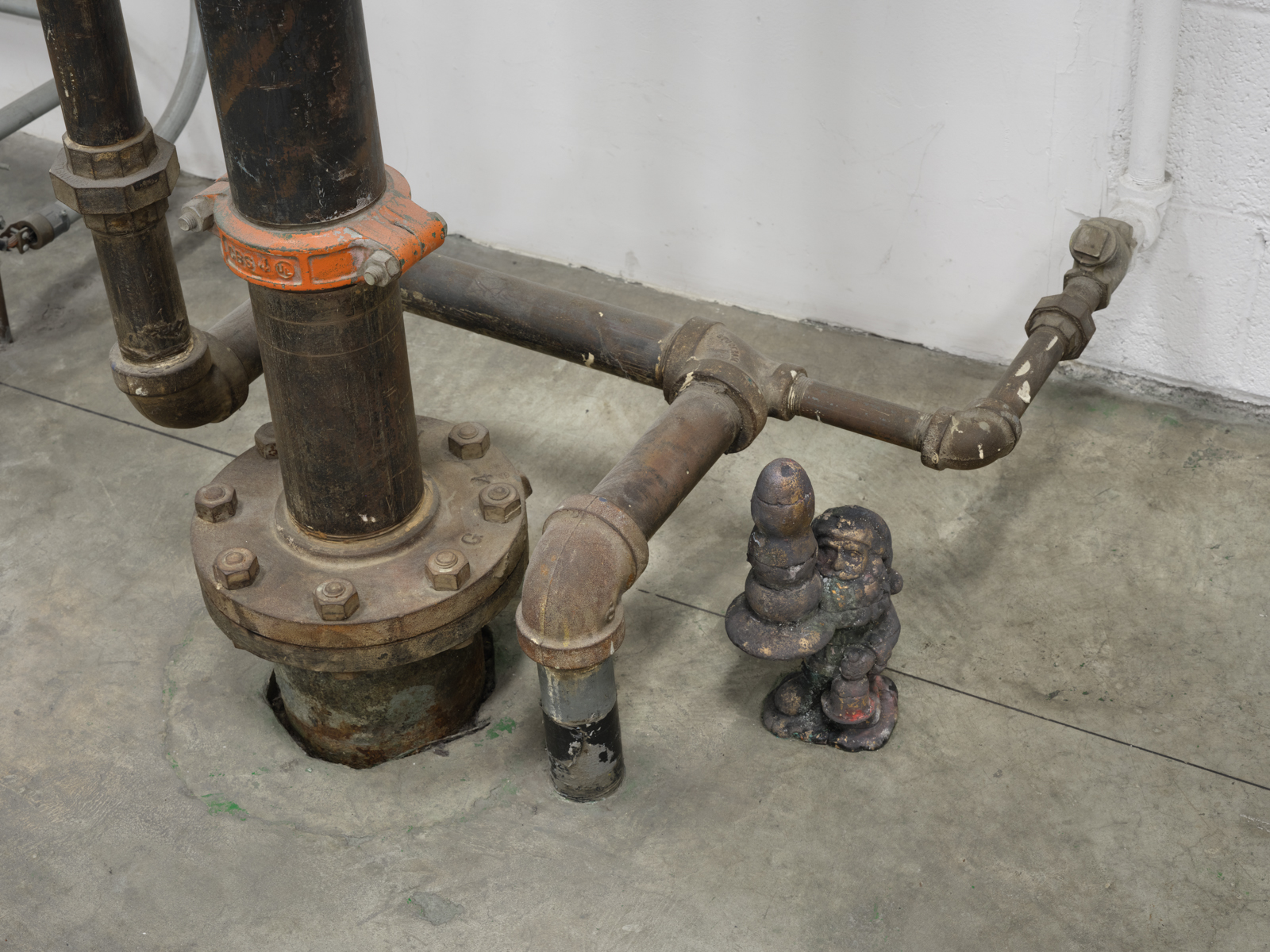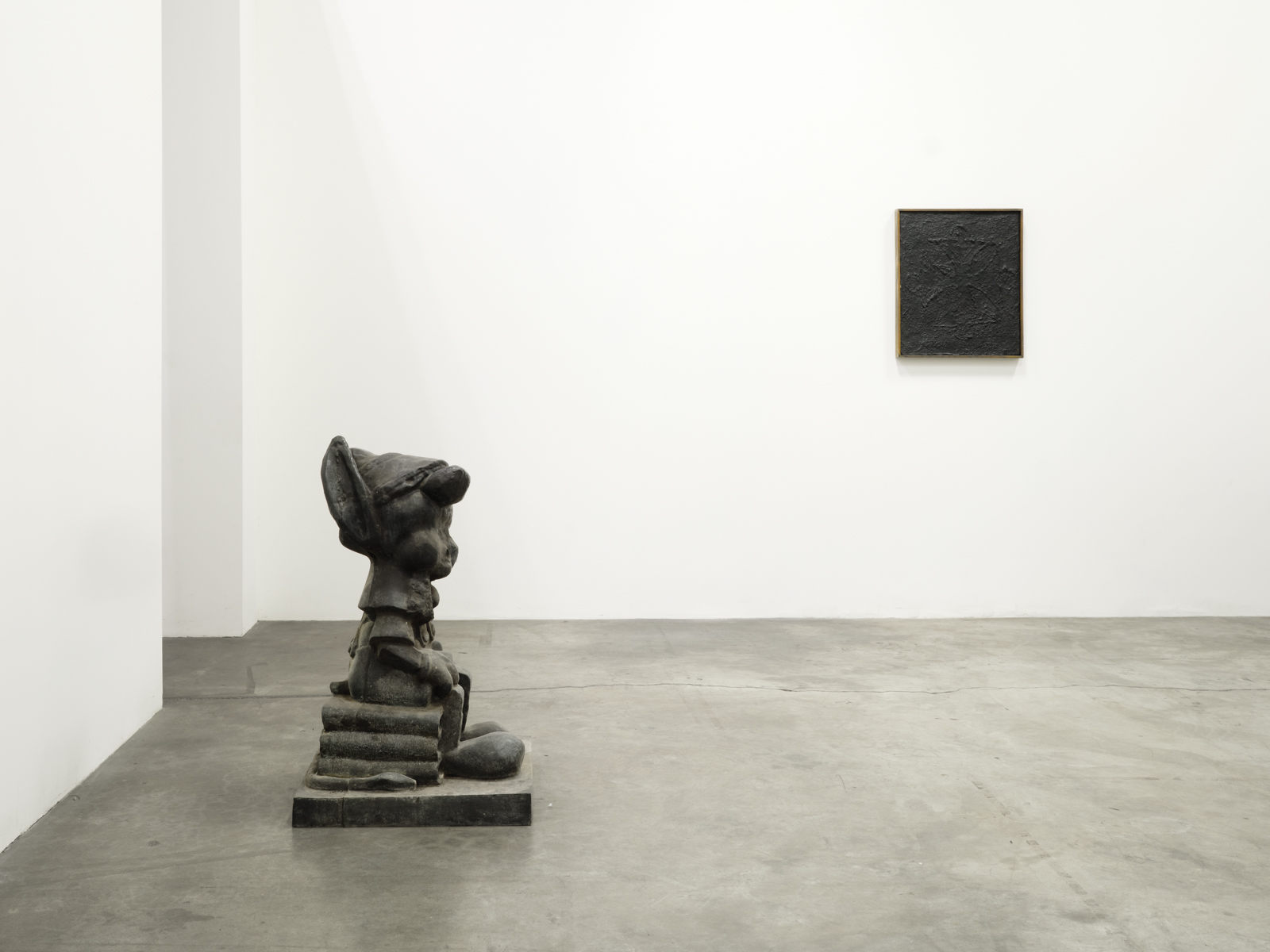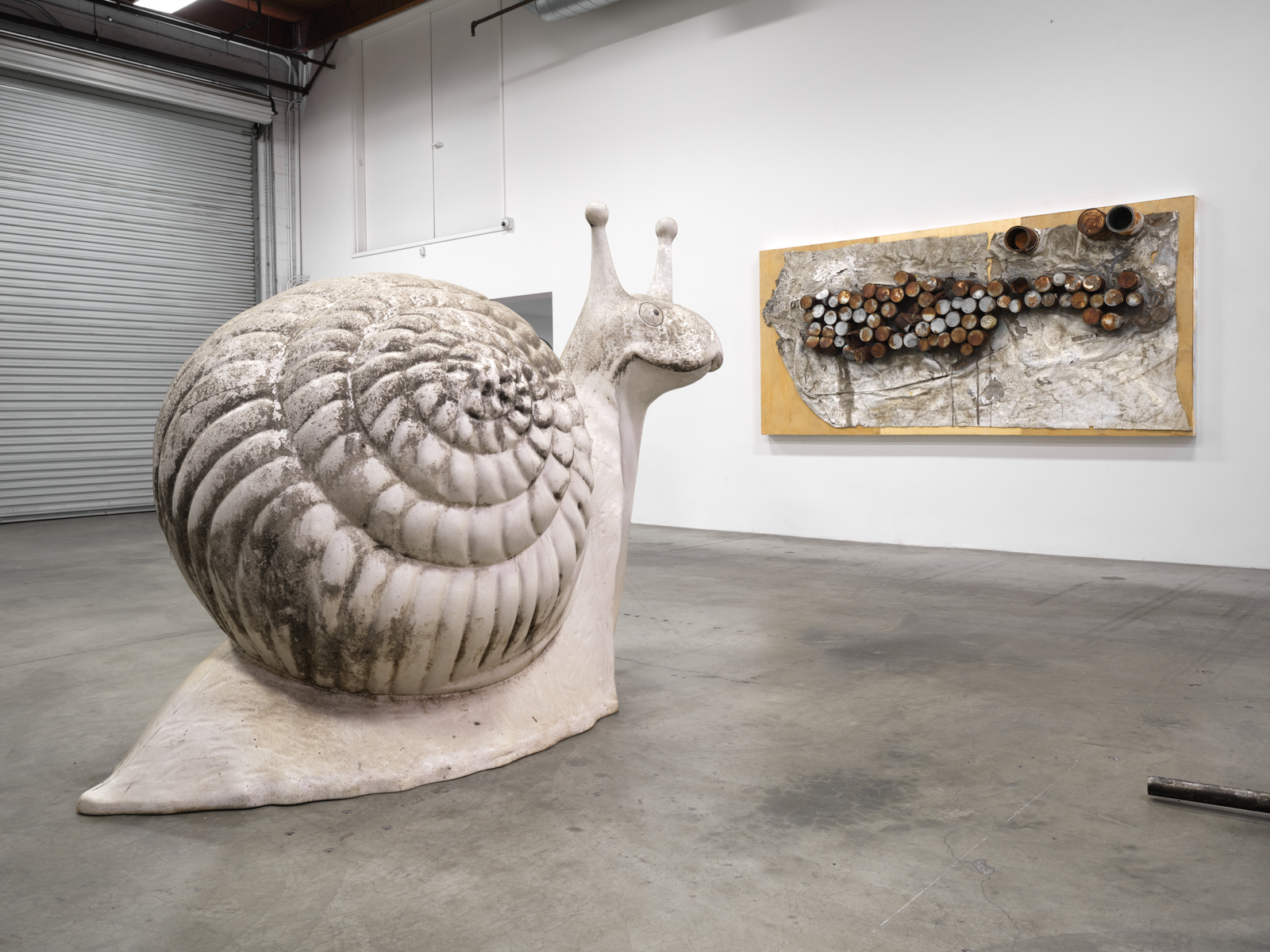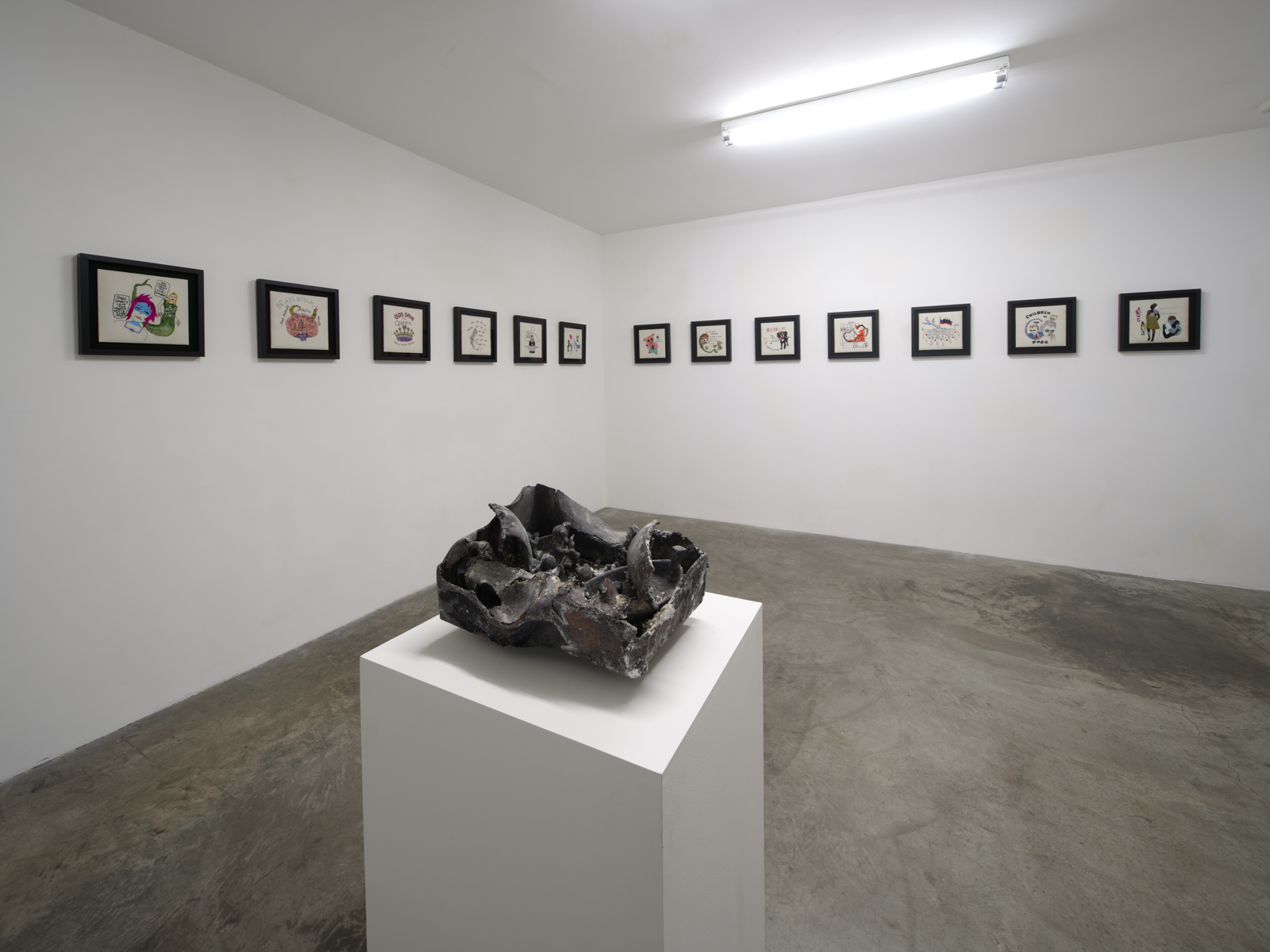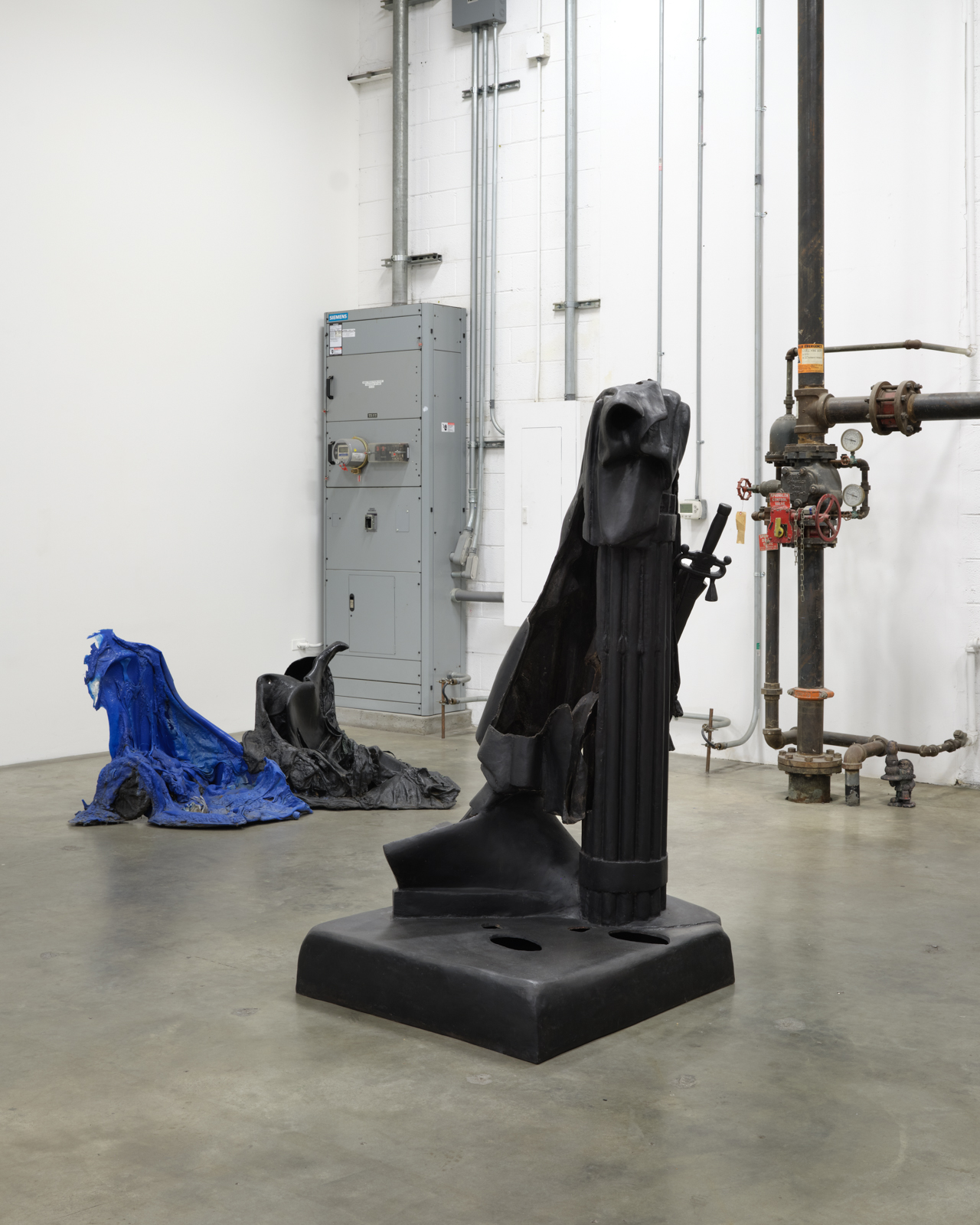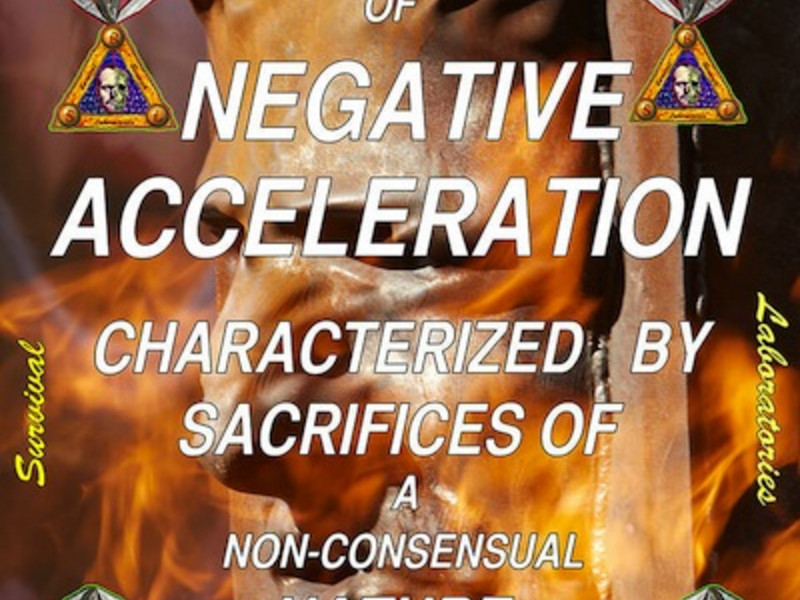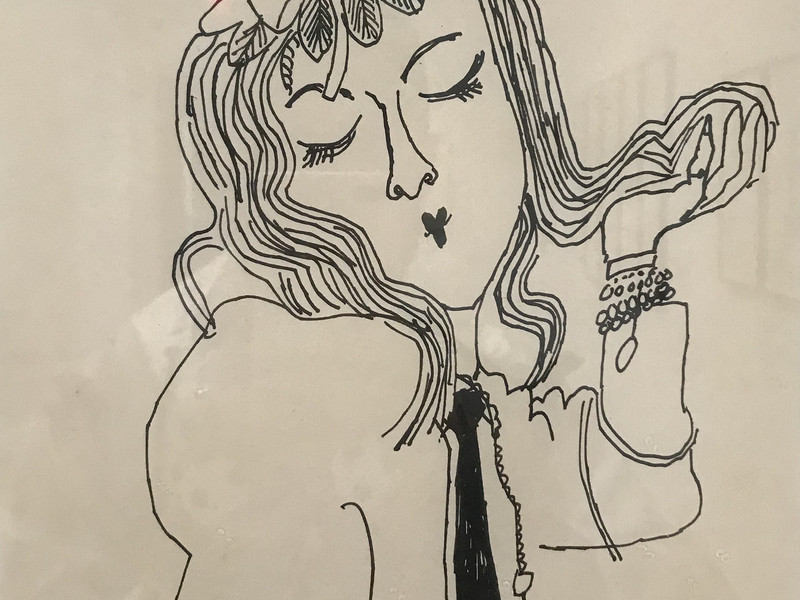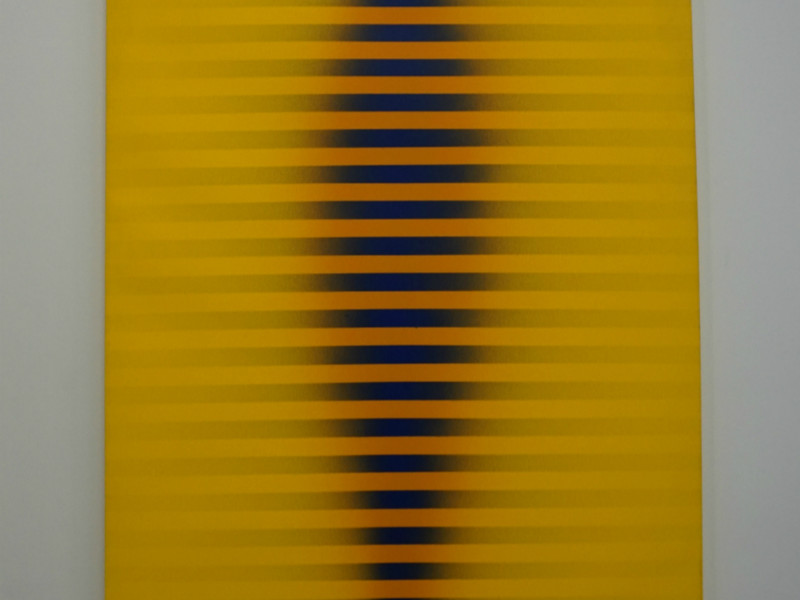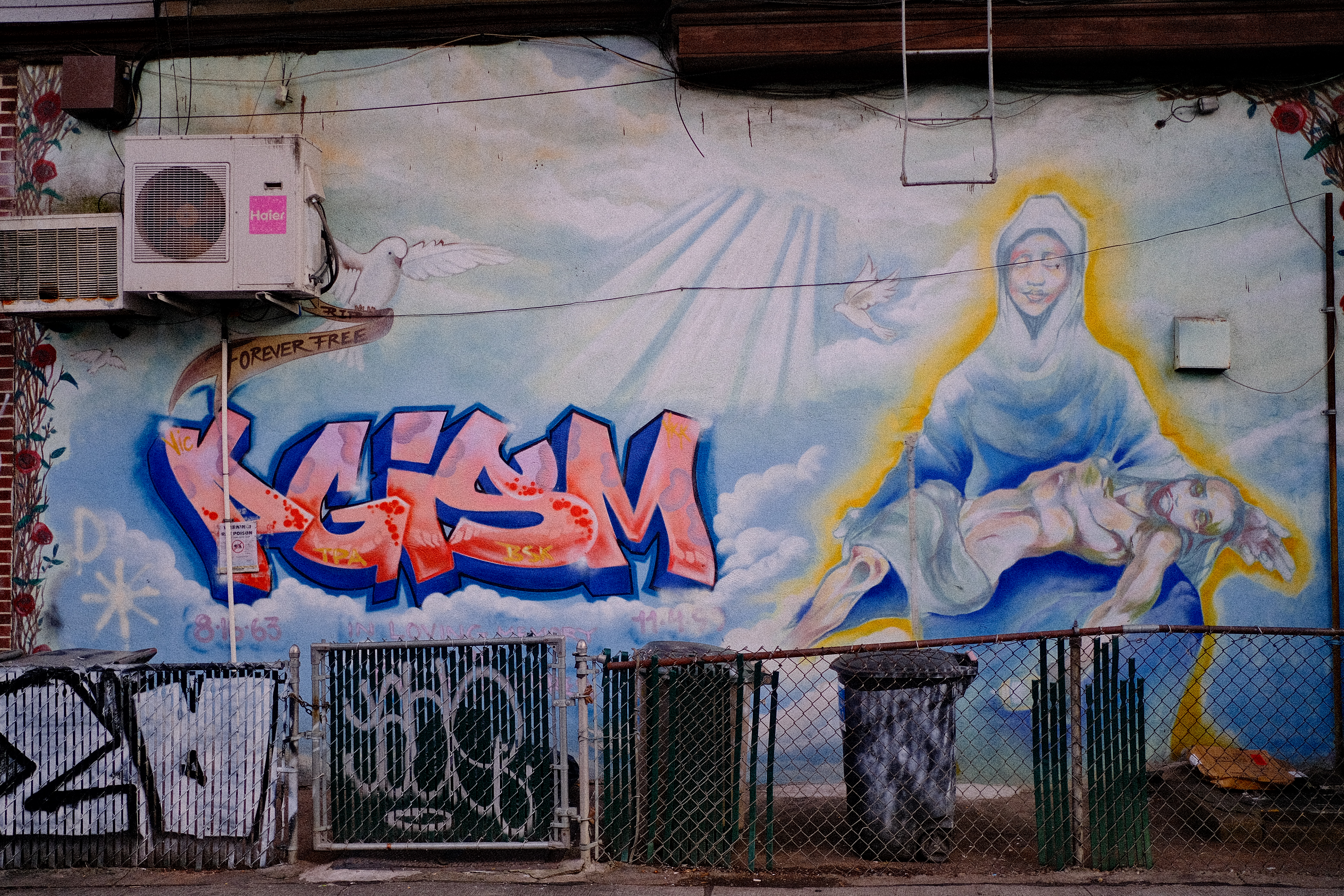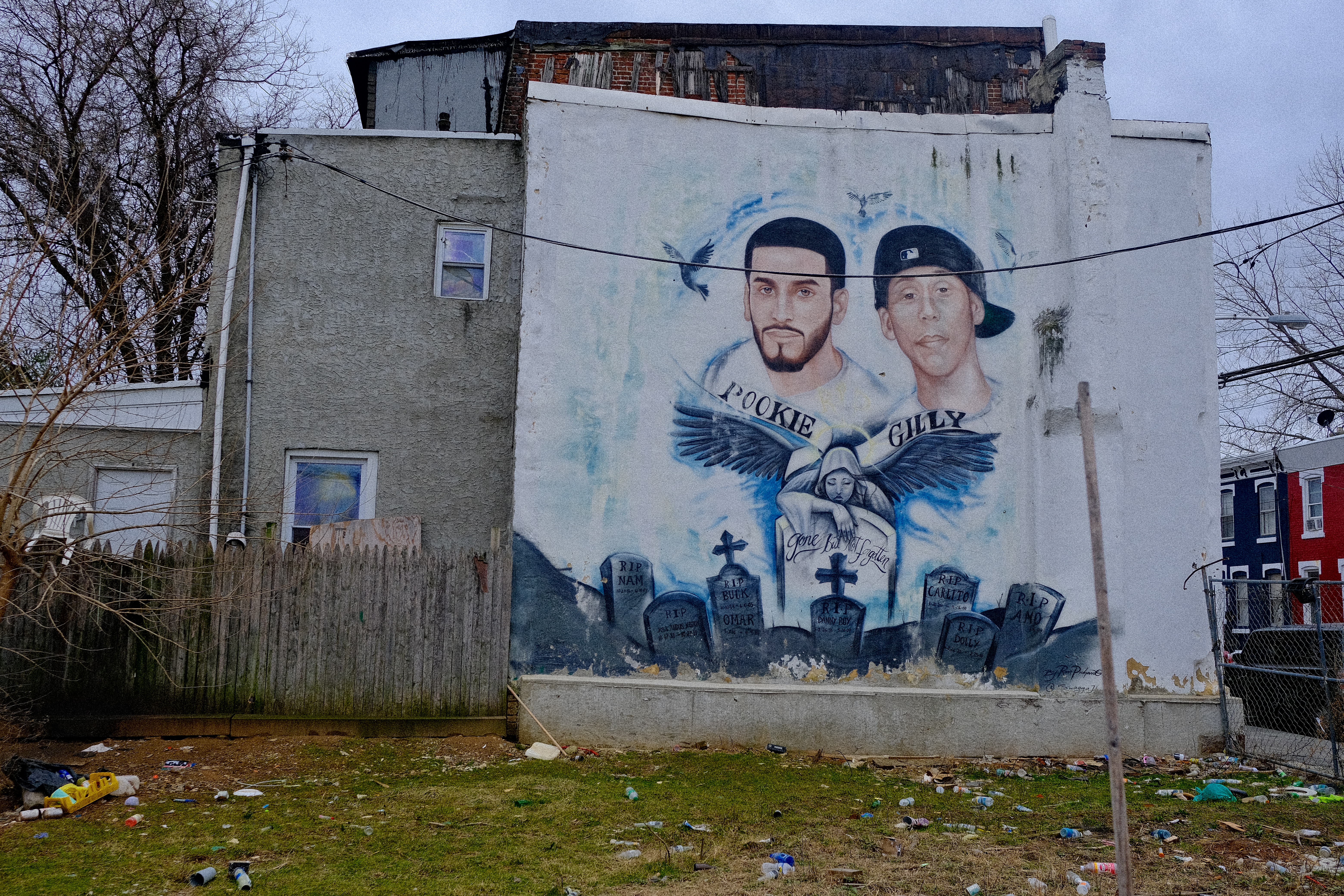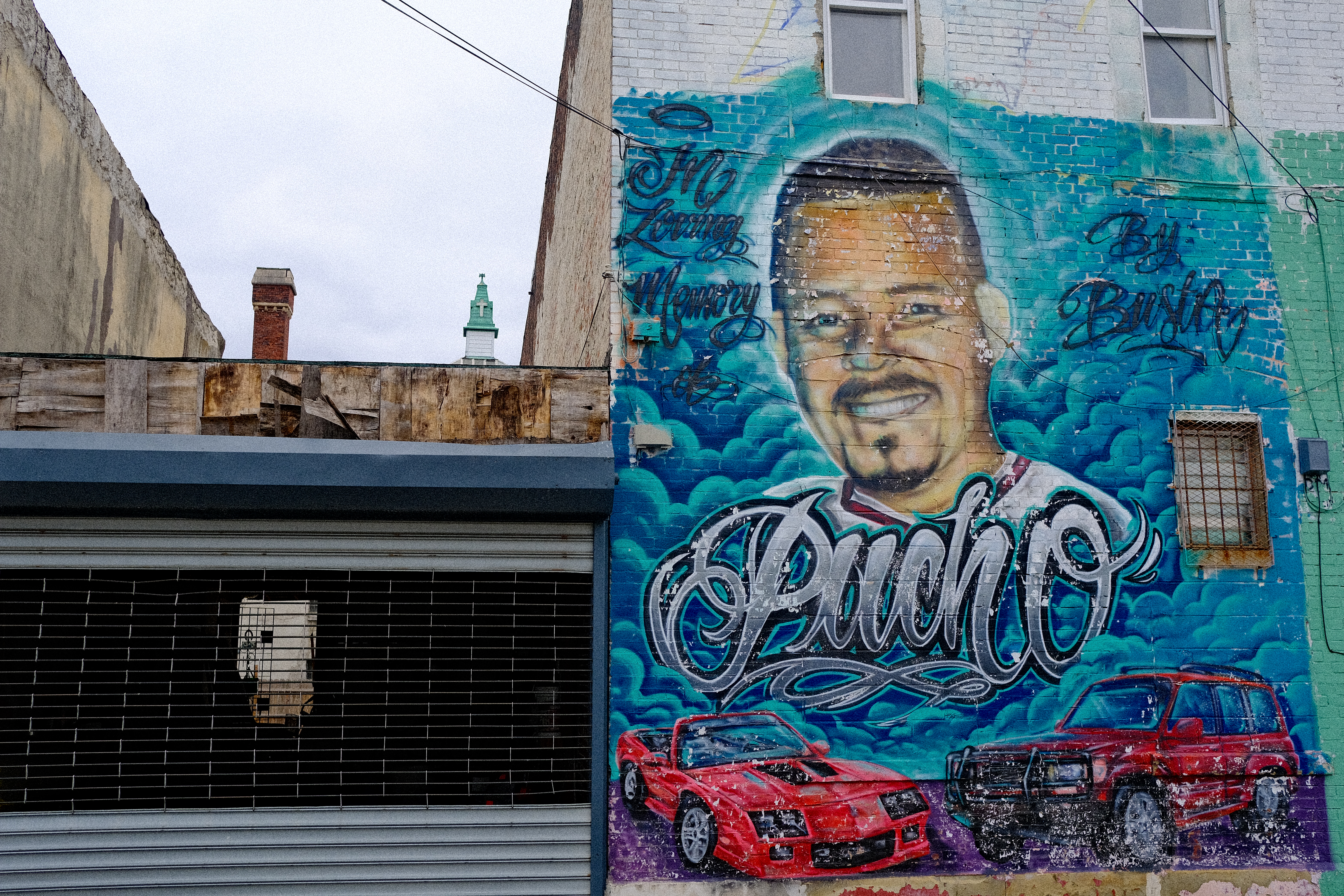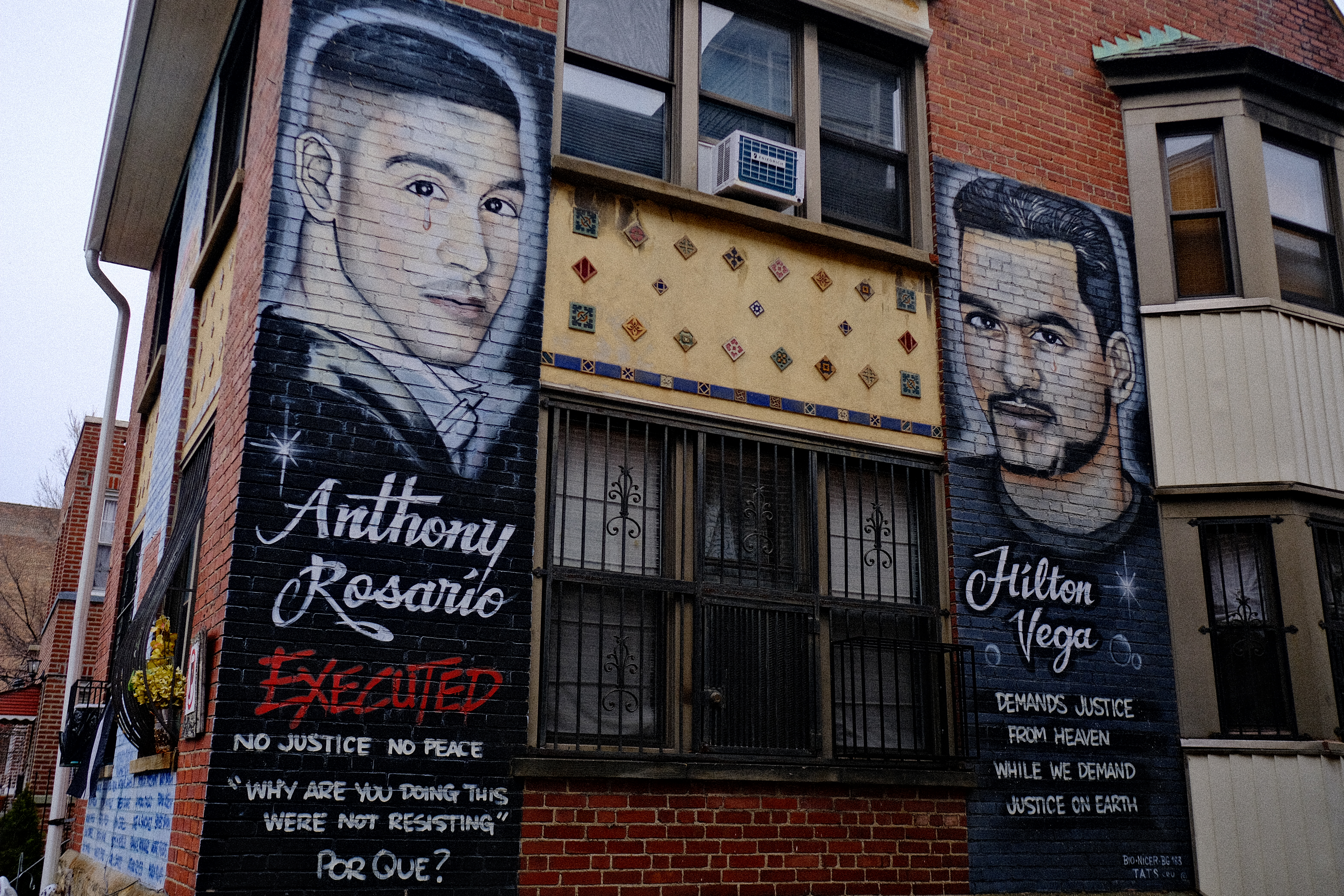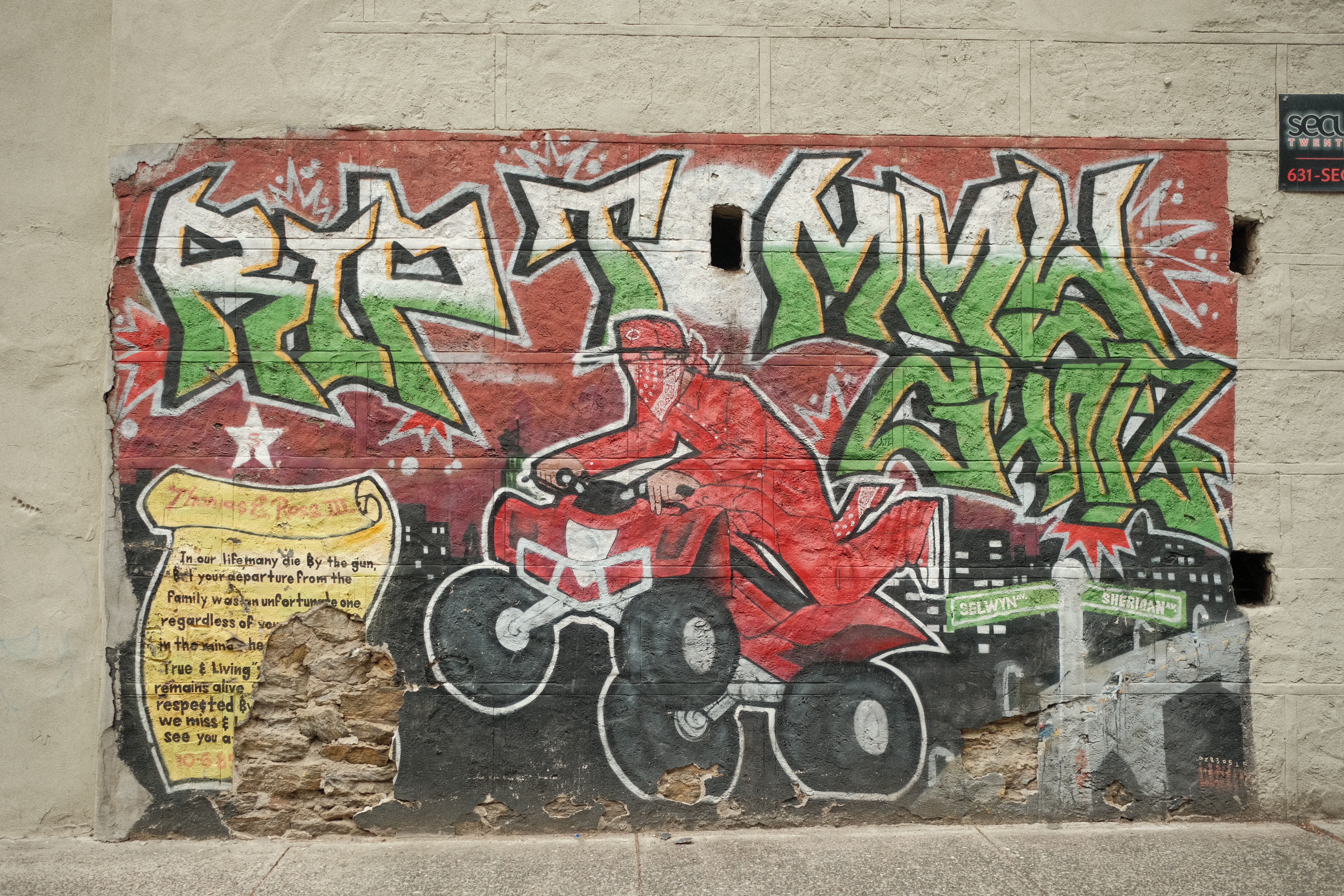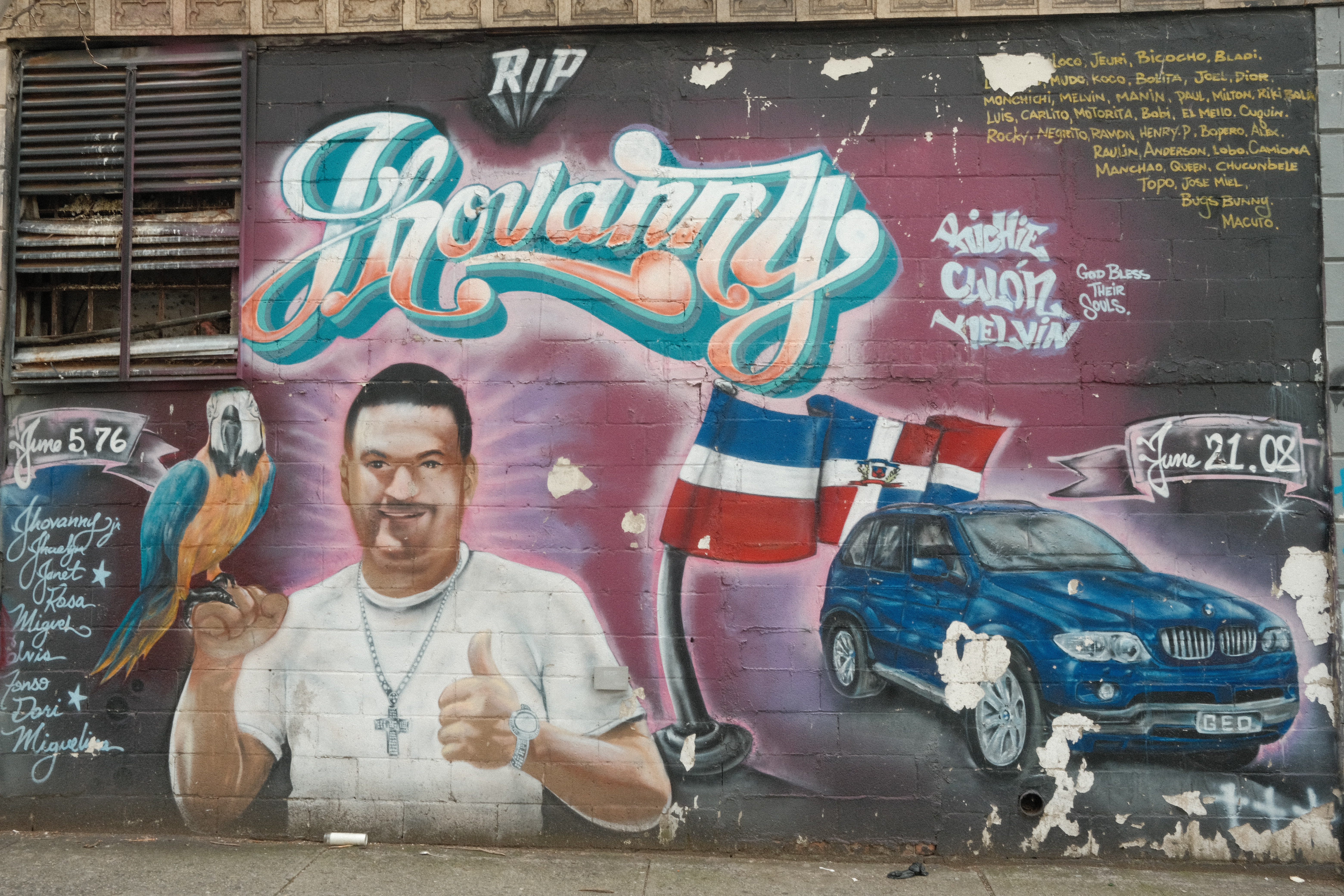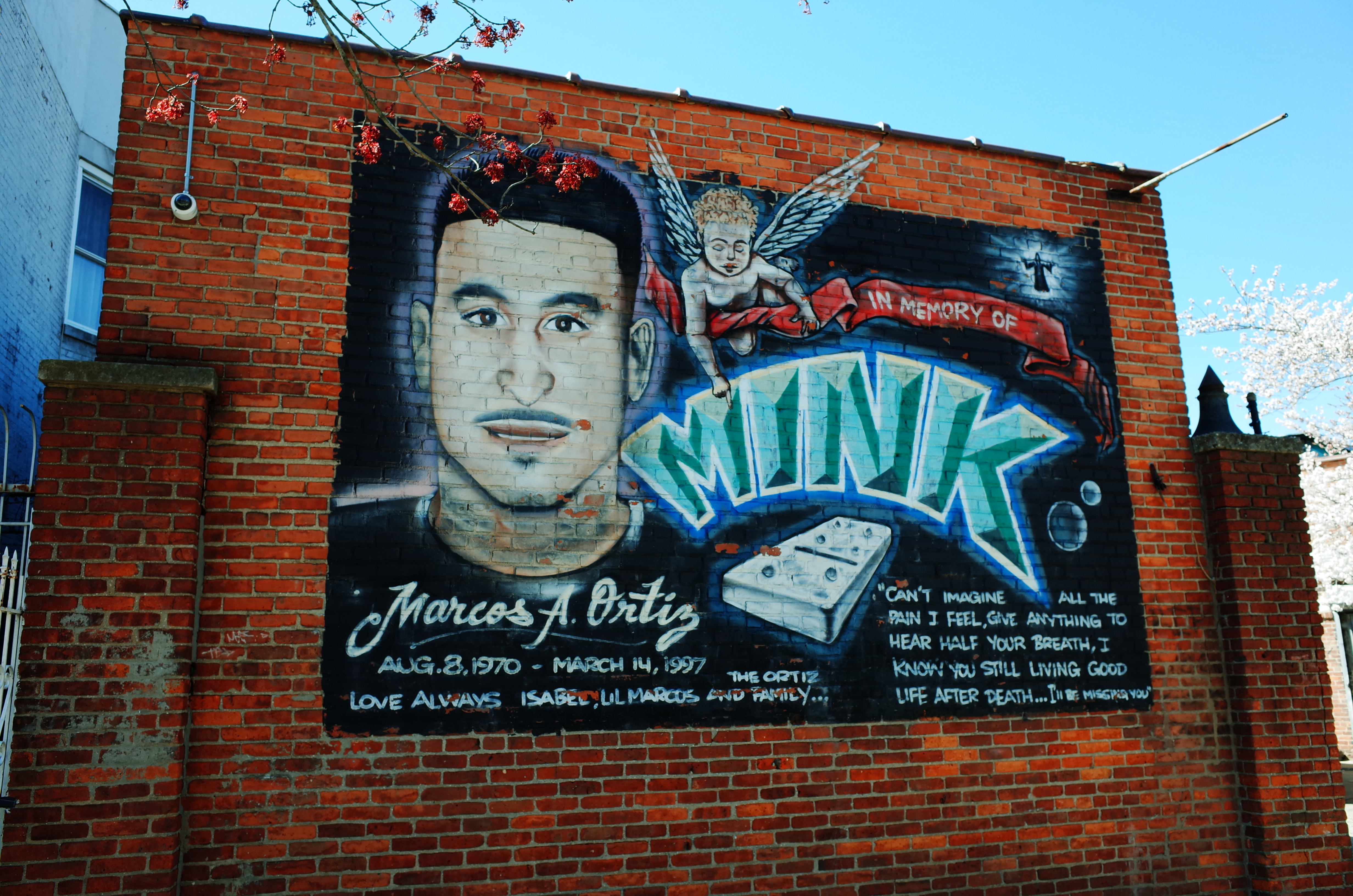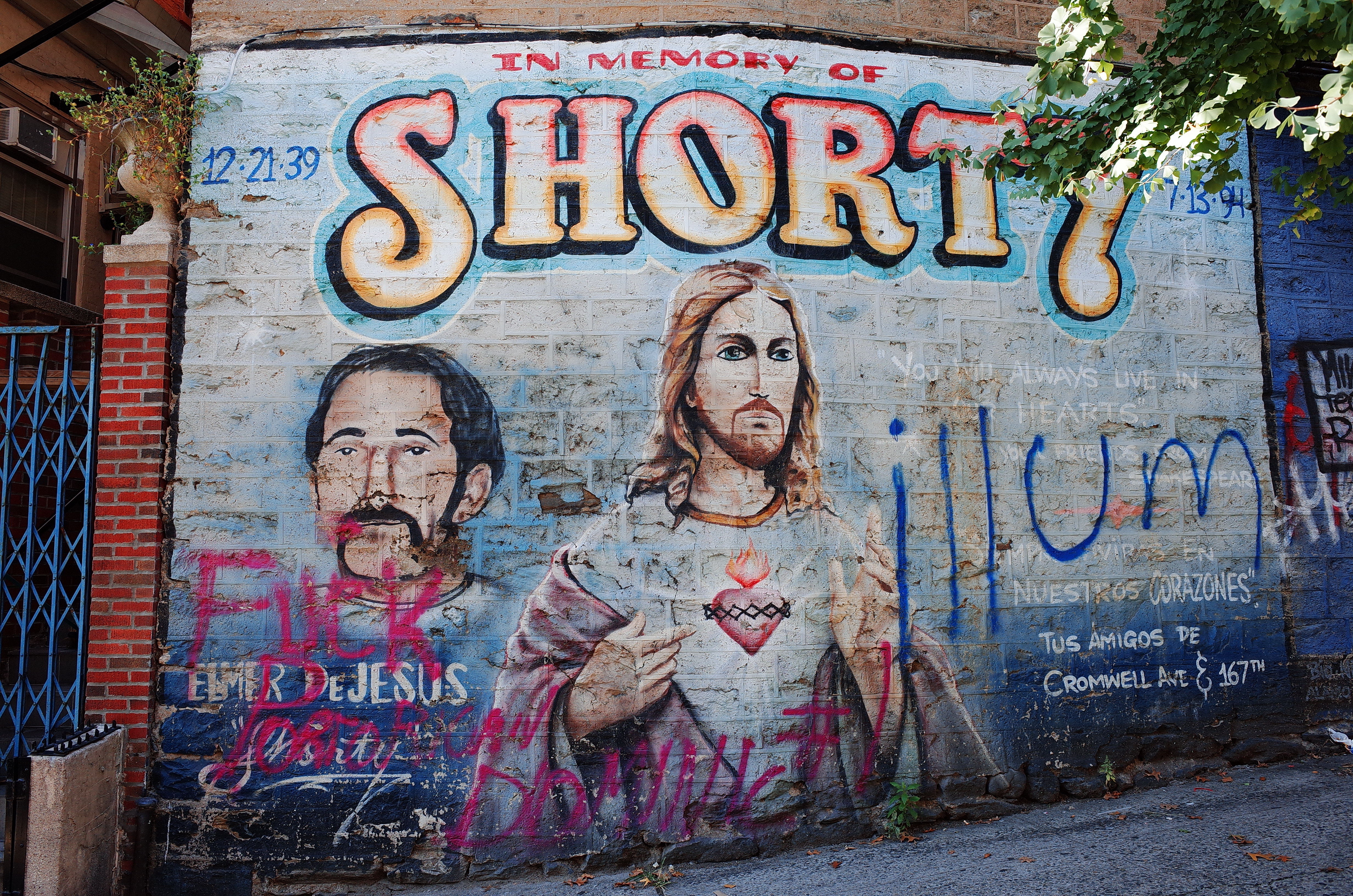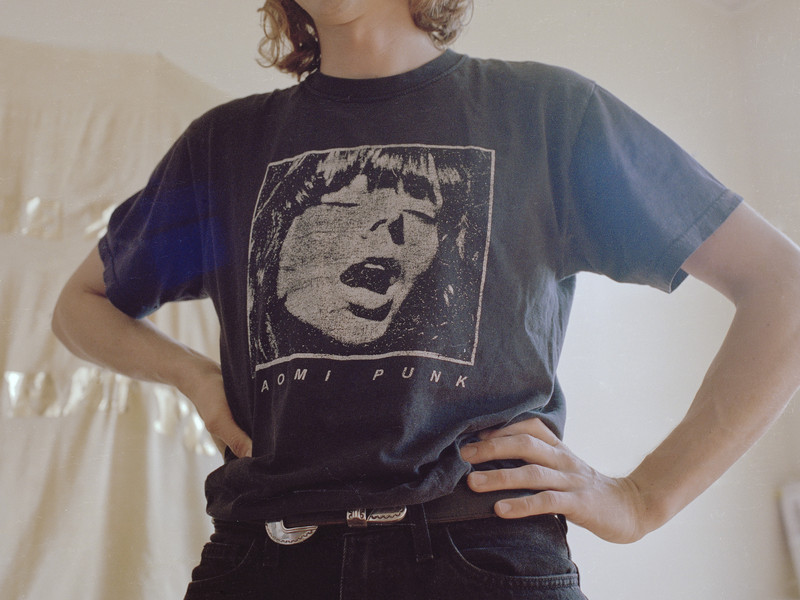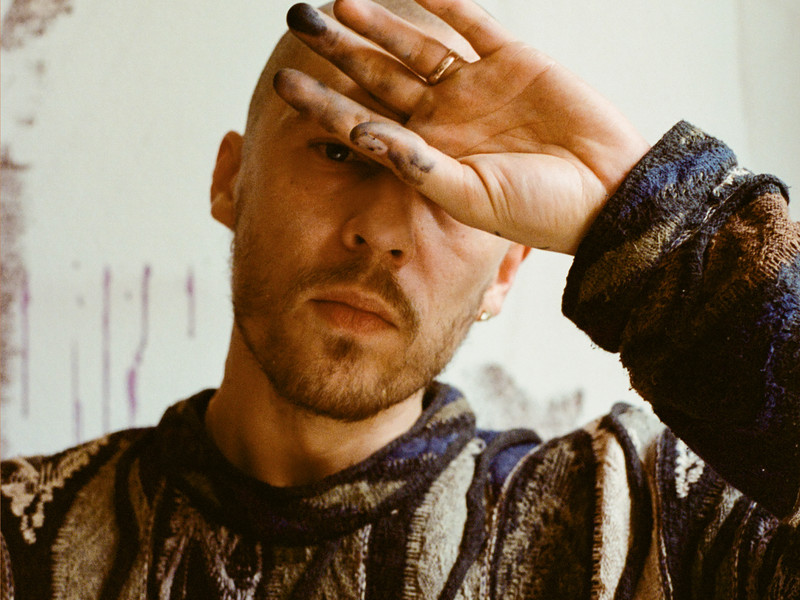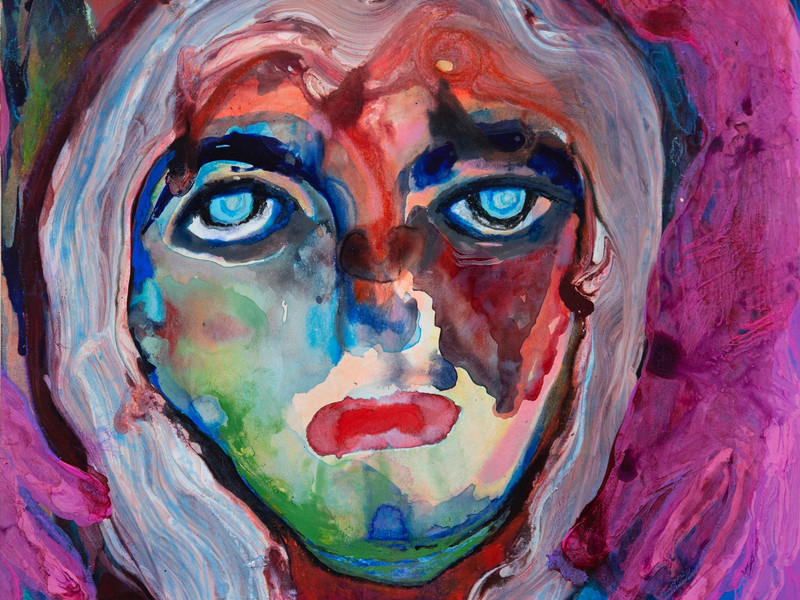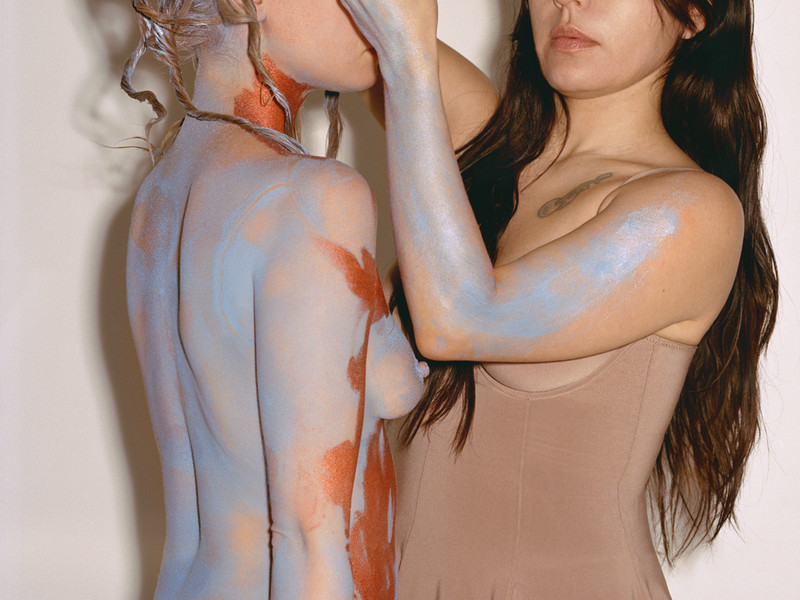The Colorful Activism of Wanda Koop
Walking through the space, an intimate and cool respite from the busyness of Bowery just outside, I couldn’t help but think about the impact of color, both in painting and in cultural conversations. Koop, a Winnipeg, Canada native, explains her relationship to cultural color early on: as a young girl, her family lived in close proximity to the Indigenous peoples of Winnipeg, and embraced one Native woman in particular as family. This lifelong bond, coupled with Koop’s innate feeling that “Canada didn’t belong to us,” has manifested into the paintings of Standing Withstanding, which Koop describes as a series of work “concerned with how we treat Indigenous peoples and how deeply we need to listen to what they say about the environment.” Koop’s openness is refreshing, and feels very much in the tradition of oral history and shared knowledge Indigenous cultures promote.
Standing Withstanding is decidedly not Canada-centric, however. Allusions to the Standing Rock Reservation and the Dakota Access Pipeline that threatens it are evident; ultimately, environmental issues like oil transportation, climate change, and the extinction of species like the albino gorilla are the breadcrumbs that carry us through this show made up of a visual vocabulary which is “not a quick read.”
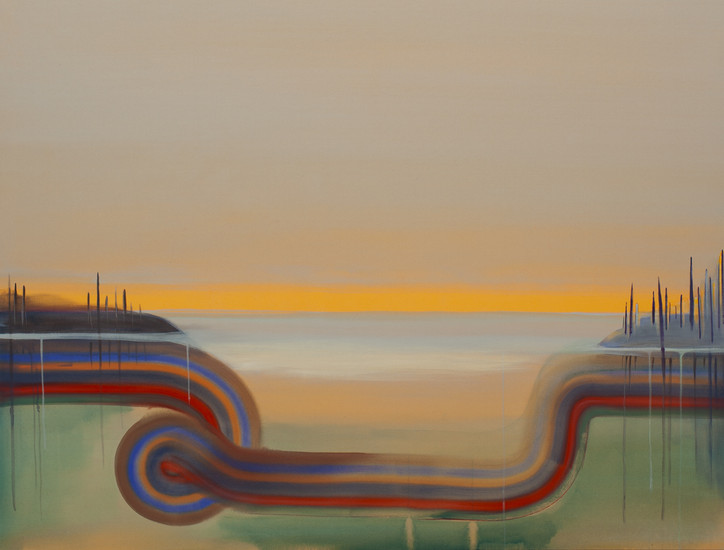
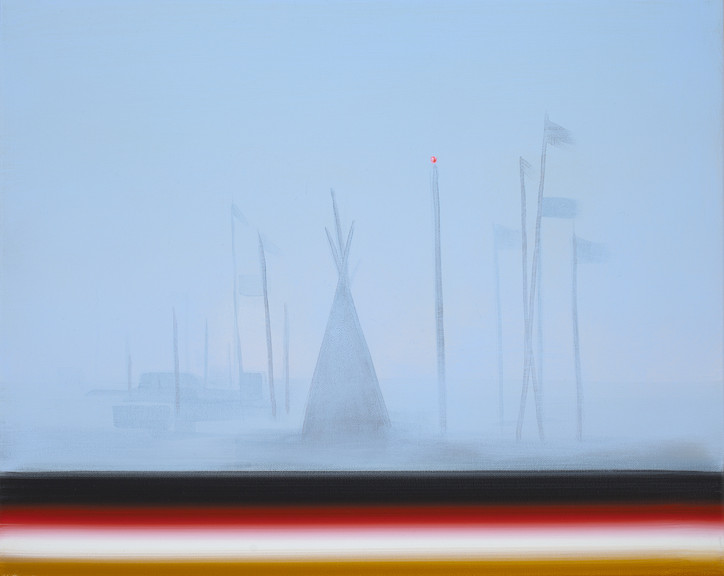
Koop’s multi-scale investigation of fire and the humans who both activate and extinguish it, starts with a small portrait of a gorilla next to a flame, a compacting of our histories from the beginning. Reflecting on the importance of this theme in our daily lives, Koop muses: “Fire is what we need to survive. Fire is the sun. Fire is warmth. Fire is destruction.” During our discussion, we noted how progress takes on a specific kind of presentness on Indigenous time. In a sense, the timeline of human advancement collapses and becomes more cyclical; Koop’s repeating images surely symbolize this. I bring up the question of Koop’s role in preserving the Indigenous perspective. That is, how does her work exist as an archive of a diverse people who have been so systematically erased and ignored?
“I think this show is a lament of what was and could be,” she offers. This read of her work feels in line with the melancholy I felt as I moved through the gallery space. Her paintings are at first reflective, even nostalgic in their careful acknowledgment of the past. But the neon colors she interrupts her muted canvases with feel more like disruptions than accents. I interpret them as technology, compromising the natural world. When I ask her about the importance of scale when confronting such large-scale human dilemmas in her work, she answers: “For me scale is all about intimacy. For myself as the artist and for the viewer. Before I start a really large painting, I lie down for about two hours, and I make myself huge. I can't even explain it.” Art imitates life, indeed.
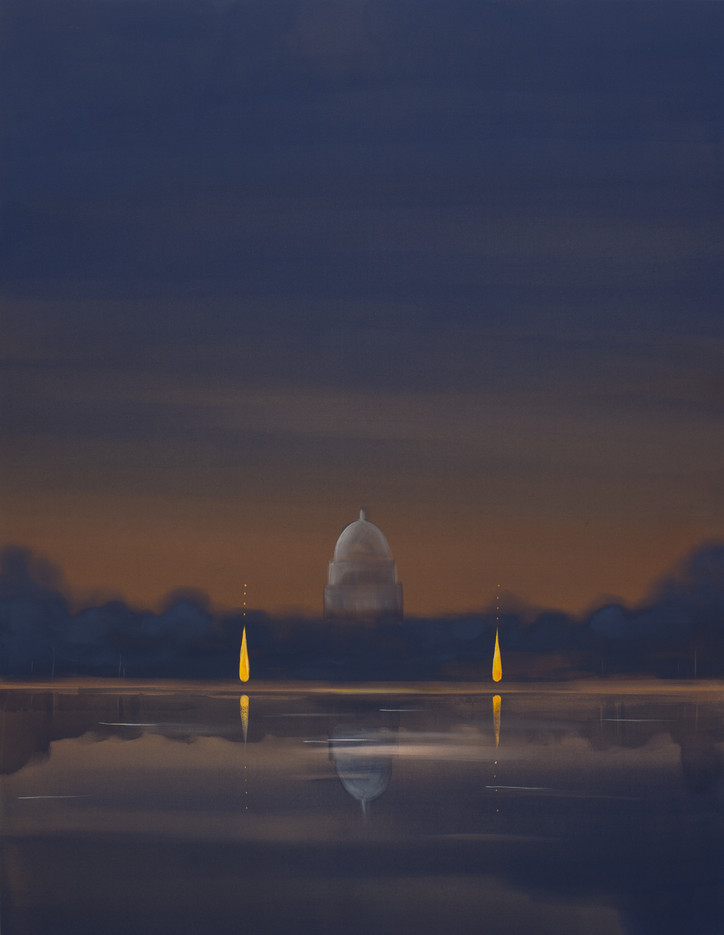

Our conversation takes many turns over the hour or so we sit in the midst of her work. I’m distracted, every once in a while, by the warmth in the space--which emanates from her, ironically, and not the flames she depicts. I come to learn that her 40 year career has been punctuated by praise, misunderstanding, and a genuine brand of activism, a sensitivity formed long before the heavy hand of social media made it cool to care. Wanda Koop can speak articulately on everything she’s created, to be sure, but she prefers you see it for yourself: “I think we underestimate what the general public is capable of.” I nod my head in agreement, we’re smarter (without phones) than we think. I pause, and ask how the often elitist art world can feel accessible to everyone, and she replies without missing a beat. “I’ve spent a lifetime making sure I stay human...I build that into every single thing I do.”
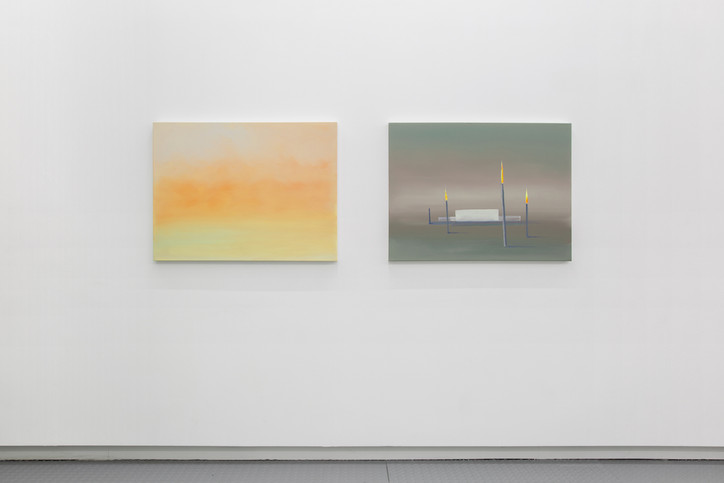

Standing Withstanding is up at 214 Bowery through June 17th.
